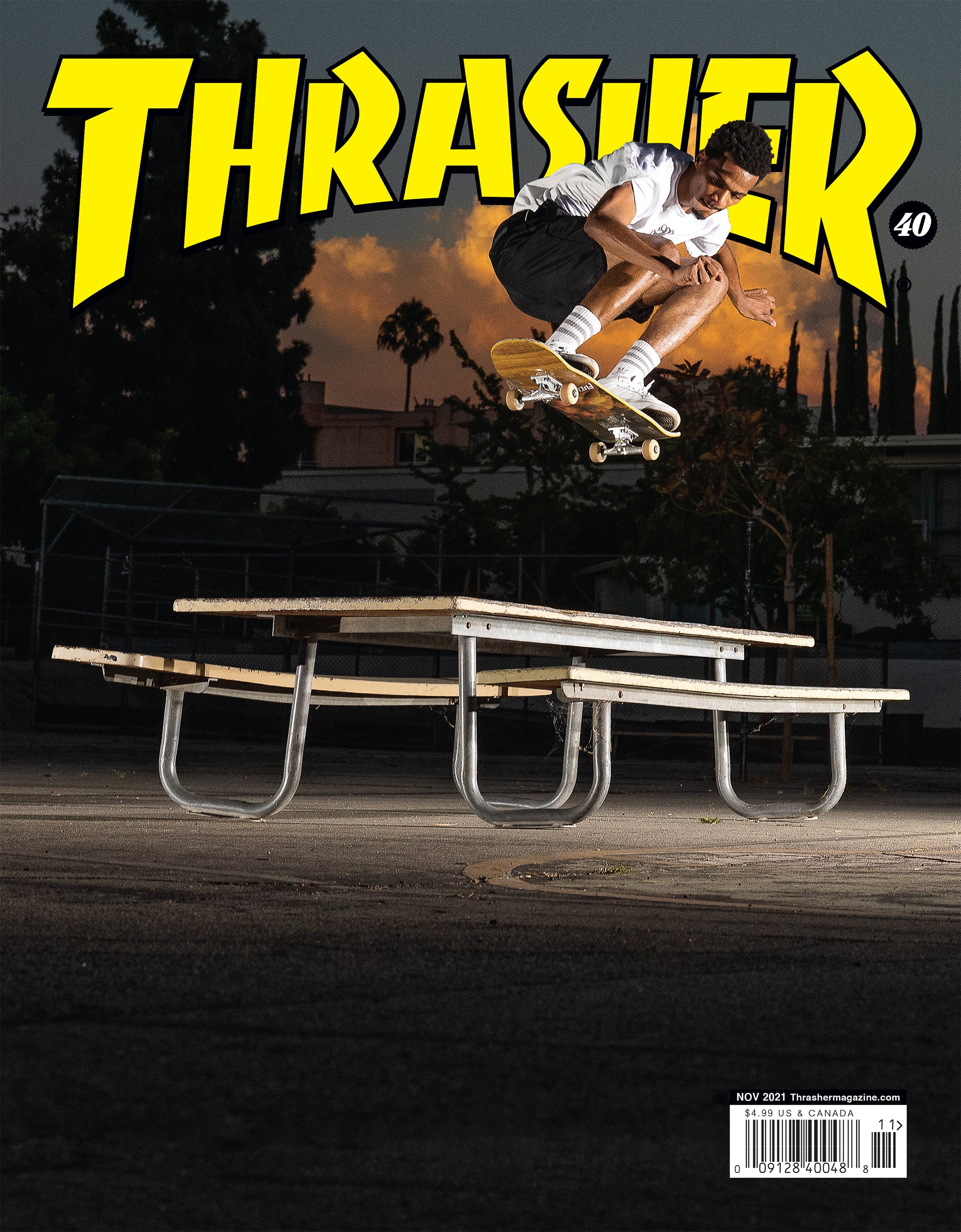Magazines
Affinity Magazine
Bibliographic Information
Authors Various
Format Online
Editorial Staff:
Editor-in-Chief Evelyn V. Woodsen
Senior Editor Siobhan Clabour
Junior Editor Theodora Moldovan
Politics Editor Atharva Tewari
Real Life Editor Addison Gallagher
Feminism Editor Anjali Aralikar
Race Editor Tina Yong
OP-ED Editor Maddie Loy
International Editor Chloe Zhao
Arts + Culture Editorial Staff:
Senior Editor Zoe Selesi
Books Editor Nadia Bey
Music Editor N/A
TV Editor Atharva Tewari
Movies Editor Anna Robinson
Celebrities Editor Alice Ao
Website https://affinitymagazine.us/
Affinity Magazine was founded in 2013 by a sixteen-year old girl who wanted to feel representation based on content for teens and written by teens. The magazine was begun to empower teens' interested in journalism begin and expand their career in the field. Focusing on topics ranging from LGBTQIA+, arts and culture, international, feminism, race, politics, and mental health, the magazine is at the forefront for giving voices to all teens, no matter their race, sexual orientation, etc. The magazine prides itself on being an inclusive and authentic voice for teens. I focused on a few articles to read from different categories so that I could get a full picture of what the magazine offers teens as well as which authors I enjoyed:
"Putting Your Pronouns in Your Social Media Bio Matters More Than You Think"
"Between Two Worlds: An In-Depth Guide to the Ambivert"
"In Light of Black History Month: What is Black ASL?"
Critical Evaluation
On first scrolling through the website, the background is black while the coloring for the wording is primarily white with blue accents. This makes the website really pop and have the reader focus on the article titles without there being other distractions. Like other magazines, each article has corresponding images related to the topic. The first article I read through was "Between Two Worlds: An In-Depth Guide to the Ambivert." When I looked to see who the author was, the information said "Affinity Magazine Staff" so I was unable to get a specific person's name. Written in August 2024 and being relatively short, the article discusses the difference between introverts and extroverts and what the term "ambivert" means (a combination of the two). I appreciated the quote regarding personality types and how one isn't better than the other: "Remember, personality isn't black and white, and it's okay to exist in the grey area. Embrace your unique blend of traits, and remember, being an ambivert is about balance and adaptability" (Affinity Magazine Staff, 2024).
The second article I read, "Putting Your Pronouns in Your Social Media Matters More Than You Think" written by Frederico Bongiorno on June 14, 2021, delves into why he believes it is a considerate and necessary gesture to include pronouns on social media. Something I noticed after reading both articles was the non-inclusion of a comments section for users to write down their thoughts and opinions on the text. I found the article to be well-thought-out and, even though written over 3 years ago, is still relevant to this day, especially in the chaotic world we live in now. Bongiorno is quoted as saying, "It’s an undeniable reality that understanding this and putting it into practice is not an easy or quick process, but writing these few words down on our descriptions is a very useful, initial step in being more accepting of the diversity in gender identity that surrounds us every day — and that is growing bigger along with our acceptance and understanding of the subject" (2021). This quote is important to remember, especially for cisgender people who might not understand why using pronouns matters.
Lastly, I read "In Light of Black History Month: What is Black ASL?" written by Idie Park on February 15, 2021. This article was my favorite, partly because I wasn't knowledgeable about BASL, but also because the it was so well-written. Idie Park included quotes from people in the field along with a list of links leading to Black and deaf influencers to learn more about the subject. Two YouTube videos were embedded in the article, which I appreciated so that I could actually see people using BASL and hear from their own personal experiences. After reading through and evaluating several articles from Affinity Magazine, I liked the ingenuity and quality of both the authors and the written text. I found the writing to be engaging and easy to understand.
Reader's Annotation
Written for teens by teens, Affinity Magazine is an inclusive space for people to learn more about what's happening in the world along with amplifying their own opinions and voices into the mix.
About the Authors
Sadly, I was not able to get much information about either author (Idie Park or Frederico Bongiorno) besides other articles they have written. Idie Park has written 18 articles for the magazine, including "Acknowledging my Internalized Racism as an Asian-American Who Barely Lived in America" and "Environmentalism and Social Justice Are Not Mutually Exclusive." Frederico Bongiorno is a 20 year old student from Beunos Aires who loves pop culture and learning something new everyday. He believes spreading information and educating is the only way to go forward as a society. Bongiorno has written 20 articles for the magazine including "Understanding Bisexuality and the Need for More Visibility" and "Buenos Aires is Burning: Inside the Minds and Lives of our Reigning Drag Queens." (Adapted from Idie Park and Frederico Bongiorno's author page ).
Genres
Pop culture, social justice, politics
Booktalking Ideas
I would skim through a few of the articles and play corresponding videos related to the topic embedded in the text.
Reading Level
14+
Challenge Issues
Sexual content, LGBTQIA+, feminism, race, politics
Why I Chose This Magazine
I loved the idea that the magazine was written by teens, for teens; giving teens a magazine written by their peers is important to give them validation and representation in a world dominated by adults.
Thrasher Magazine
Bibliographic Information
Title Thrasher Magazine
Editor Michael Burnett
Staff Writer Eddie Hobbs
Category Skateboarding
Frequency Monthly
Circulation 250,000
Publisher High Speed Productions
Founder Eric Swenson, Fausto Vitello
First Issue January 1981
Country U.S.
Based in San Francisco
Language English, French (2006-2012)
Website thrashermagazine.com
ISSN 0889-0692
OCLC 13789617
Summary
Thrasher Magazine is a skateboarding magazine focusing on the subculture lifestyle and includes interviews with skaters as well as photographs. Since the 1990's, Thrasher has expanded it's empire to television, video production, blogging, and merchandising. The magazine showcases a punk-skater aesthetic through photojournalism and articles focused on the lifestyle. The articles I read for my critical evaluation include:
"Cardiel on Cardiel: The Band and the Man Interview" by Wez Lundry
"Miles Silvas: The Thrasher Interview" by Walker Ryan
"Aaron Herrington's: 'Homeward Bound' Interview" by Ted Schmitz
Critical Evaluation
As someone who knows absolutely nothing about skater culture other than Tony Hawk, I was definitely out of my element reading these articles. "Cardiel on Cardiel: The Band and the Man Interview" was focused on asking questions to a Venezuelan band named "Cardiel" and later interviewed John Cardiel (famous skateboarder). I had to look up who John Cardiel was since I didn't know and found out that he is a famous skateboarder who got into a horrible accident where he got run over by a trailer and was told he would never walk again. Defying the odds, he did indeed walk again as well as bike and skate, which is why the band named themselves "Cardiel"; they admired his resiliency both before the accident and after. I found the interviewer's questions to be like "gotcha questions" to the band; if they didn't answer John Cardiel questions correctly, the interviewer would say "Incorrect!" and tell them the right answer.
"Miles Silvas: The Thrasher Interview" was a huge learning curve for me because of the skater jargon and not knowing who other skaters referenced were in the article. I had to look up what the different skate moves were (fakie tre flip, front crook on a rail) and reread some of the questions and answers to understand what they were talking about (lots of vernacular that I wasn't accustomed to). I did enjoy that the interviewer also asked personal questions because I felt like I got to know more about Silvas (recently married his high school sweetheart, moved to San Francisco, has a brother who is a professional soccer player).
"Aaron Harrington's: Homeward Bound Interview" I personally found to be the most interesting and best interview questions of the three articles I reviewed. Aaron Harrington discussed recently being in recovery for an injury and the importance of taking care of your body when issues arise as well as his openness talking about his mental health struggles. I appreciated how raw Harrington was in his discussion about skating as well as raising awareness for mental health. Once again though, there were many terms I had to look up, including "boardslide yank-outs" and "crosslock." There were some odd seg ways in the questioning, especially towards the end of the interview; One question asked, "If someone is intimidated and wants to talk to you on a session, what should they do?" with the next question being, "What happens when we die?" (Schmitz, 2024).
Reader's Annotation
Thrasher Magazine celebrates skateboarding as a way of life, not just a sport.
About the Authors
Wez Lundry is the longtime publisher of Pool Dust zine and lives in Tempe, Arizona. He is also a writer for Thrasher Magazine, Transworld Skateboarding, and other skateboarding related publications. Wez is the writer behind "Zine Thing," a monthly zine review column in Thrasher as well as writing a music column for the same magazine called "Notes from the Underground." (Taken from Wez Lundry's ZineWiki).
Walker Ryan is a pro skateboarder who also recently began writing novels. He is from St. Helena, California and currently lives in Venice, California. He graduated from UC San Diego in 2012 with a Bachelor of Art's degree in Sociology. Ryan turned pro in 2011 and has spent the majority of his career traveling and working on various video and magazine projects. His self-published book is titled Top of Mason and follows the character of Henry, an Idaho native who is trying to make it in skateboarding. (Adapted from Jenkem and his website).
Ted Schmitz a skateboarder and contributor for Thrasher Magazine. I could not find any more information relating to him. (Adapted from Thrasher).
Genres
Skateboarding, music, lifestyle
Booktalking Ideas
Bring a magazine issue and highlight some articles/what the magazine is all about. Show Thrasher Magazine's YouTube channel, showing one of their skating videos.
Reading Level
13+
Challenge Issues
Language, drugs, alcohol
Why I Chose This Magazine
Thrasher Magazine is a highly respected skateboarding magazine with well researched content and puts creative expression in the spotlight.




Comments
Post a Comment